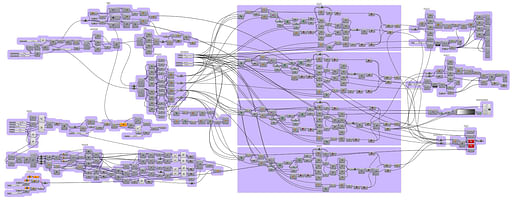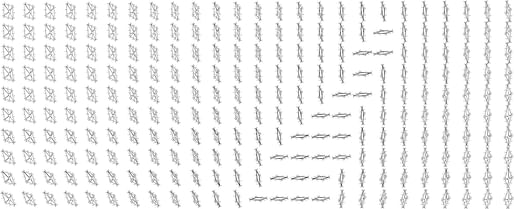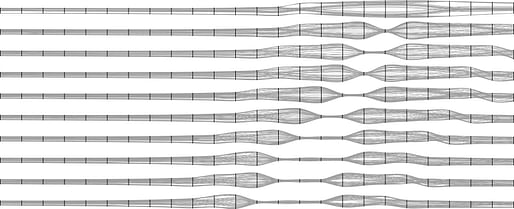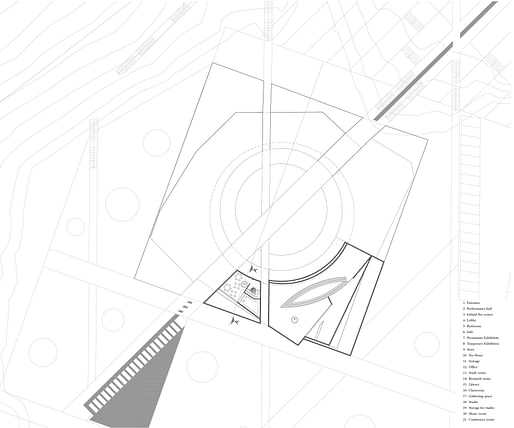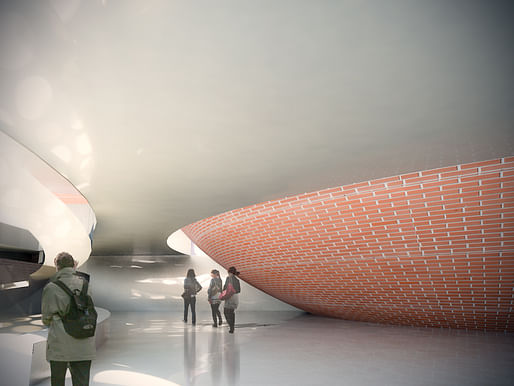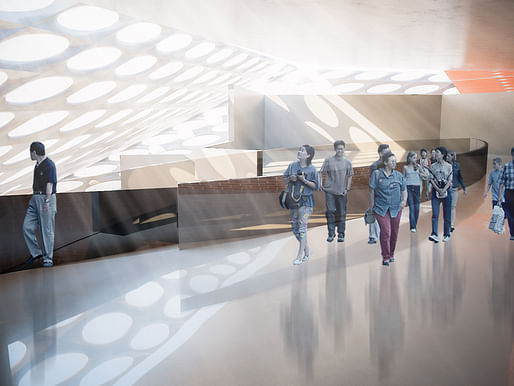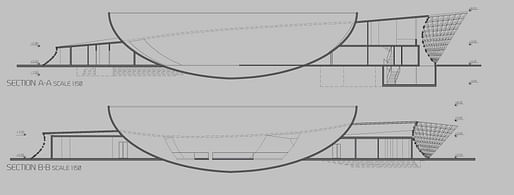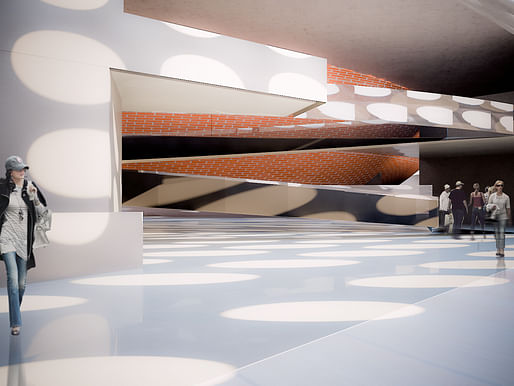
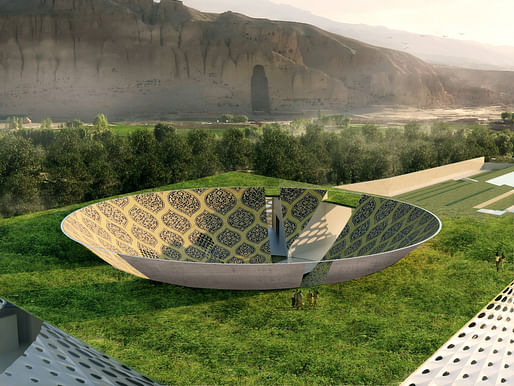
Resonance of Absence
For hundreds of years, different tribes, dynasties, governments and religions have tried to abolish signs of their former and represent themselves on top of others pursuing the whim of becoming eternal. Culture of many regions in the world today is like a palimpsest which has been washed off and written again and again. A glimpse to the history of Afghanistan provides a handful of examples for such obsessive efforts like what happened to Buddha statue. As a matter of fact, Afghan culture is not any of those eras individually, but a palimpsest of all of them on top of each other. Most of the times, even the empty hollow space remained after a blasting of a statue not only won’t omit that part from the people’s mind, but also makes it eternal in a new way. Any cultural effort for providing the new should protect the old.
One of the strongest way of emphasizing on a phenomenon is to hide it from the eyes while everything addresses its presence, and such a big hollow space in a cliff is a great address. The negative space roars the presence of the statue even louder. So, if there is such a will to cherish and honor the missing statue, the best way would be to emphasize on the hollow negative space, and not the statue itself.
It is a basic concept in the Eastern architecture, especially in Iran and Japan, to start the design process from a perfect-shaped void at the heart of space and dominating the specified space with different scales of rooms around that void. On the other hand, interactions of squares and circles in the geometry of space, is rooted in both Islamic and Buddhist architecture. So, a cultural space, can be defined as a playful combination of squares and circular shapes around a void space. Such void is the focal point of different layers of concept.
Our design starts from a concentric set of a square and a circle at plan which are aligned with lines of the site. The circle at the heart of space, instead of simply being extruded in height, becomes a sector of a sphere, a negative dome. This negative space resonates the absence of Buddhist symbol and connects two sites, two religions, and two eras in a perfect way. The new structure not only does not try to dominate the older one, but also tries to sympathize the absence of the symbol, look at it, and start a conversation through the distance between them. Just like an echo which returns from the cliff, the new construction inherits the scar. Since the statue is not going to be replaced, the dome will never rise into the sky.
The roof is shaped by a transformed version of the first square which has rotated in two directions to face the Buddha's place completely. Sides of the volume will be shaped from a parametric tessellation of curving surfaces. Opening of each tile has a direct relation to the amount of the curvature of the surface. It will simplify the construction, and provide more space to walk on in more planar parts. Water as a symbolic gesture flows from the south, goes underneath of the negative dome and continues to the small pound at north.





